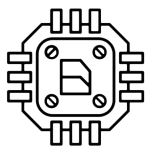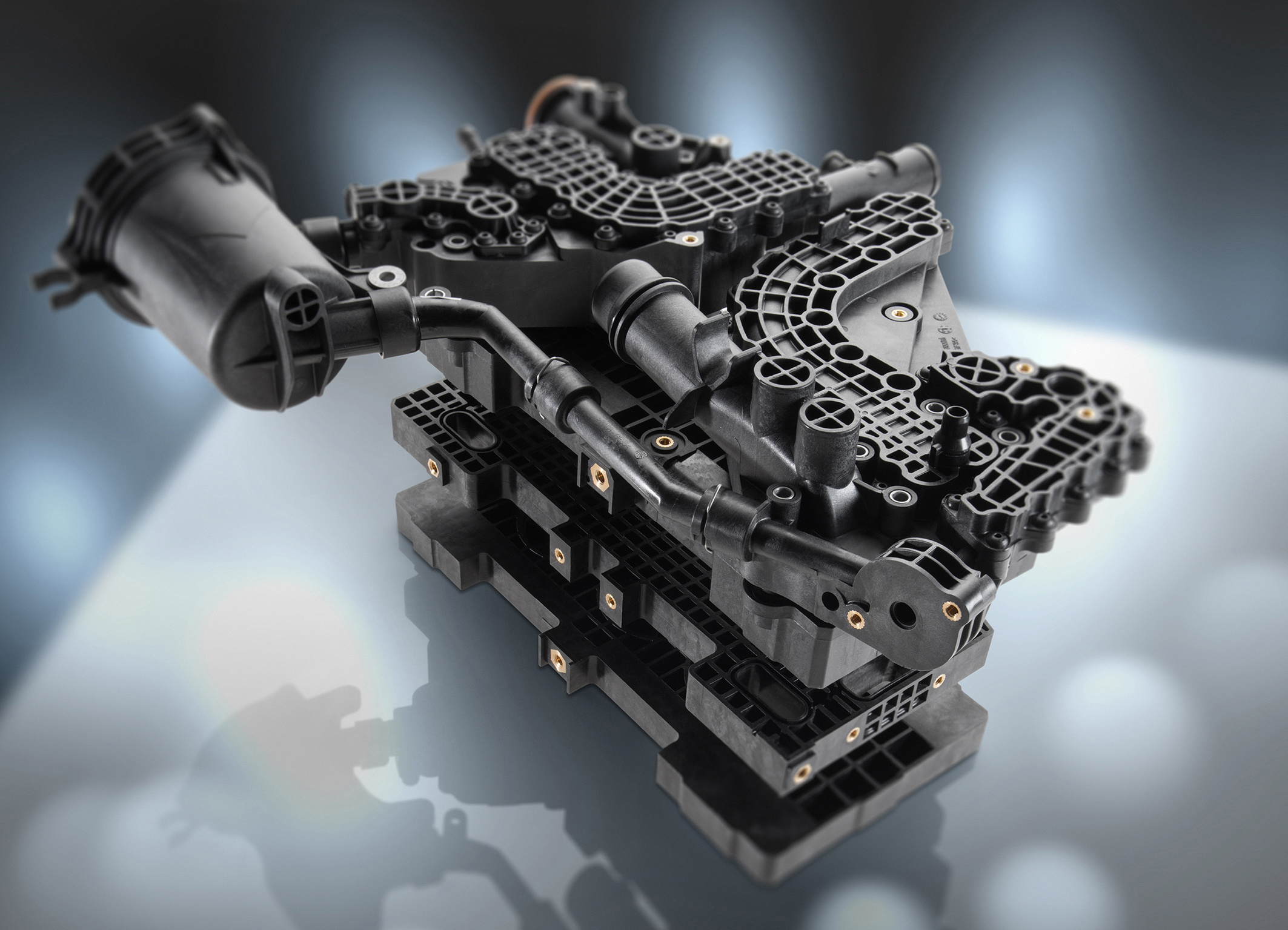- Ultramid’s excellent mechanical properties make it an ideal material solution for the solar sensor application
- BASF’s proprietary technology Ultrasim® helped to optimize the sensor’s design and performance
Shanghai, China – 2 June 2022 – LEM’s solar current sensor is now made with BASF’s high-performance polyamide Ultramid® owing to its excellent flame retardance, electrical insulation, dielectric strength, and dimensional stability. Ultramid is also easy to process and color match. BASF’s proprietary technology Ultrasim® also helped to optimize the sensor’s design and performance, in tandem with LEM’s stringent requirements.
“LEM supplies very high technology sensors and solutions to make solar inverter and related appliances work efficiently and reliably, and ensure the system runs at maximum power output condition,” said Mr Zhang Zonghui, General Manager, LEM China, a leading provider of technologies for renewable energy applications, such as electrical measurement. “Ultramid is an excellent material solution for the solar sensor application with its excellent mechanical properties.”
Various components are required to convert solar energy to electricity. Solar sensors measure currents and control the different stages of solar energy conversion from panel to the grid.
“BASF’s integrated photovoltaic solutions are used in solar panel arrays, power distribution, and energy storage systems. Our innovative material solutions and competences are helping customers such as LEM accelerate product development for electrical solutions and the transition to a sustainable future,” said Marilyn Lye, Vice President, Business Management Industrial, Performance Materials Asia Pacific, BASF.
About LEM
LEM is the market leader in providing innovative and high quality solutions for measuring electrical parameters. Its core products – current and voltage transducers – are used in a broad range of applications in drives and welding, renewable energies, UPS, power supplies, traction, high precision, conventional and green cars businesses. LEM’s strategy is to exploit the intrinsic strengths of its core business, and to develop opportunities in existing and new markets with new applications. It has production plants in Beijing (China), Geneva (Switzerland), Sofia (Bulgaria) and Tokyo (Japan). With regional sales offices near its customers’ locations, the company is able to offer a seamless service around the globe. LEM has been listed on the SIX Swiss Exchange since 1986; the company’s ticker symbol is LEHN.
About BASF
At BASF, we create chemistry for a sustainable future. We combine economic success with environmental protection and social responsibility. Around 111,000 employees in the BASF Group contribute to the success of our customers in nearly all sectors and almost every country in the world. Our portfolio comprises six segments: Chemicals, Materials, Industrial Solutions, Surface Technologies, Nutrition & Care and Agricultural Solutions. BASF generated sales of €78.6 billion in 2021. BASF shares are traded on the stock exchange in Frankfurt (BAS) and as American Depositary Receipts (BASFY) in the U.S. Further information at www.basf.com.
About BASF’s Performance Materials division
BASF’s Performance Materials division encompasses the entire materials’ know-how of BASF regarding innovative, customized plastics under one roof. Globally active in four major industry sectors – transportation, construction, industrial applications and consumer goods – the division has a strong portfolio of products and services combined with deep understanding of application-oriented system solutions. Key drivers of profitability and growth are our close collaboration with customers and a clear focus on solutions. Strong capabilities in R&D provide the basis to develop innovative products and applications. In 2021, the Performance Materials division achieved global sales of €7.29 bn. More information: www.plastics.basf.com.



 Current sensors
Current sensors Voltage sensors
Voltage sensors Humidity sensors
Humidity sensors Pressure sensors
Pressure sensors Temperature sensors
Temperature sensors








